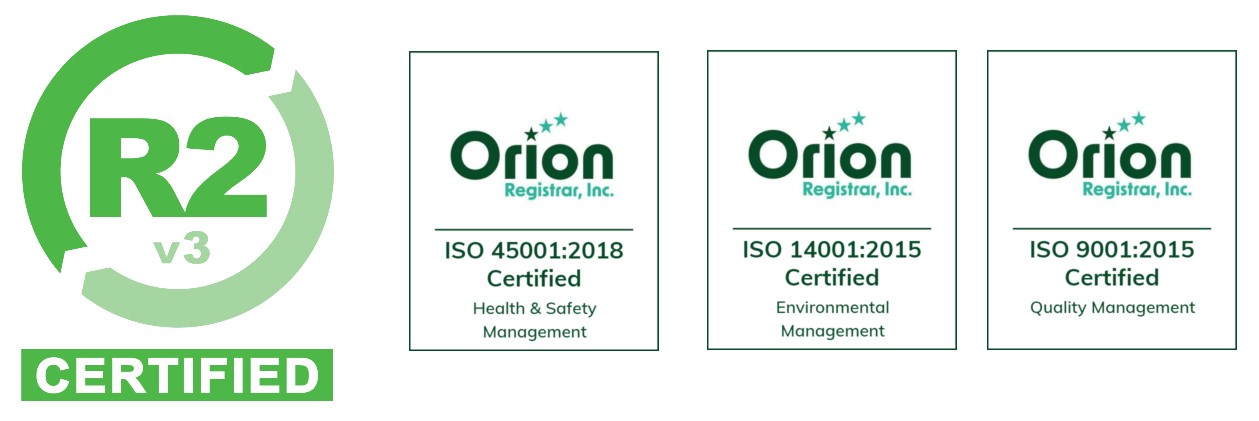Computer refurbishment, a guide
What is computer refurbishment? If you clicked on this article, you probably know what it is, but if you didn’t, here is the definition for the same: Computer refurbishment is a process by which you recycle old computers, not by making new products out of the parts, but by reusing those parts to renew the computer. It is a very easy way to get yourself a computer at a lower price, especially if you don’t have a high budget.
The following article will highlight the steps in which refurbishment is done, a complete guide on computer refurbishment.
Disassembly
If you want to build a computer, you start with its parts, and when you want to refurbish a computer, you start by taking out its parts. For starting the renewal process, the computer needs to be taken down in such a manner that none of the parts are damaged. The parts need to be cleaned so that the computer functions properly. Many things need to be taken care of during the disassembly of the system.
All the parts need to be handled with the utmost care, especially the parts containing chips. Chips are essential to the computer; they run the system but are very small, due to which they are difficult to handle. You need to make sure that none of the soldered parts come off; this can cause a huge problem during the refurbishment.
Sanitation
Next up is sanitation. The parts need to be clean if you need to market the refurbished computers. After all, even if the computer is refurbished and not new, no one will buy it if they see stickers and/or it is untidy. The exterior, which is often made of plastic, is cleaned of any marks, dents, dust, and stickers, and the interior parts are dusted carefully. Cleaning of the interior is very necessary for a system, as it can determine how quickly the system can heat up.
Chips might pose a problem to clean as they are small; you need tools that can handle minute operations. You should possess specific tools for these purposes; otherwise, you might damage the parts, rendering the system useless.
Data Wipe
If you are selling a refurbished computer, you won’t have the data of the previous user in the system. You should never buy refurbished computers that are not professionally data wiped; they might contain viruses that can harm your data privacy. Wiping data is not the same as resetting it to factory settings; that does not wipe the data from software or deauthorize you from the same.
Always make sure that the refurbished computer you are buying is properly data wiped. This also means that none of the software is registered to anybody's name. Unless this is achieved, you cannot expect your refurbished computers to sell properly. Data wiping is the best way to ensure data privacy for everyone involved in the process.
Repairs and reassembly
Once you have done everything to ensure safety, the next step is to simply rearrange them. Getting the plastic parts, internal electronics, and circuits back in place is technically the most important part of the entire process. Without assembly, you do not have a computer to sell. Sometimes, parts are missing in the original computer; this is often fit back during the refurbishment process.
Refurbishment is a process that often involves a lot of disassembly and reassembly. This is quite essential for the process; there can be many errors in the way the computer has been fixed. There will be some cosmetic fixtures too, according to the requirements of the client.
Quality checks
Quality is very important. You should not compromise with quality in any case. There will be multiple quality checks for a single product. This makes sure that the client will like the end product and no complaints will be generated. A refurbished computer is not the same as a used computer; it needs to be top quality and should have the properties of a new computer. That way you will be ready with your refurbished computer.
Such computers are often sold at lower prices, they ensure top-notch quality, and they can fit into everybody’s budget.

Jennifer Gard
Jennifer Gard is a content writer at eWaste PRO. She loves writing and educating people about different things. Engineering things, specially. You can read more blogs and articles written by her on our blog.








